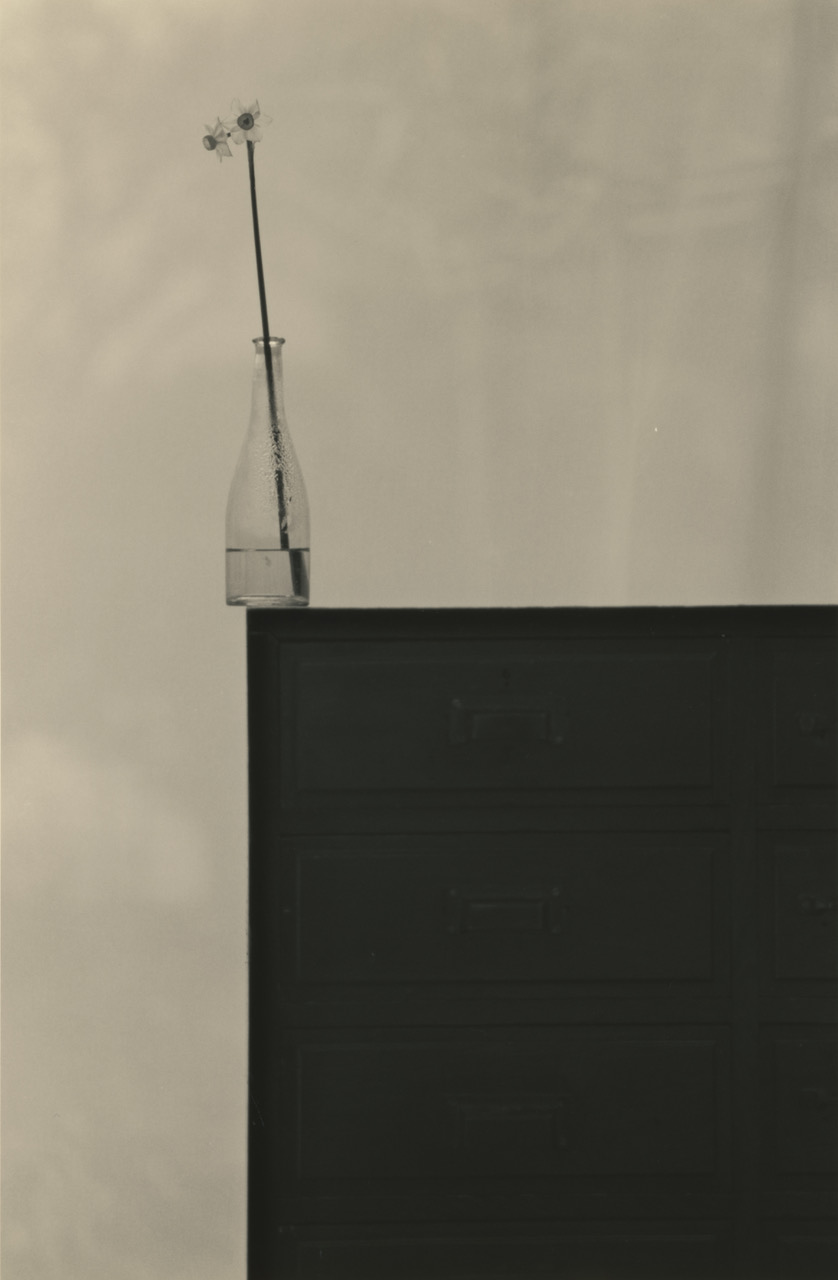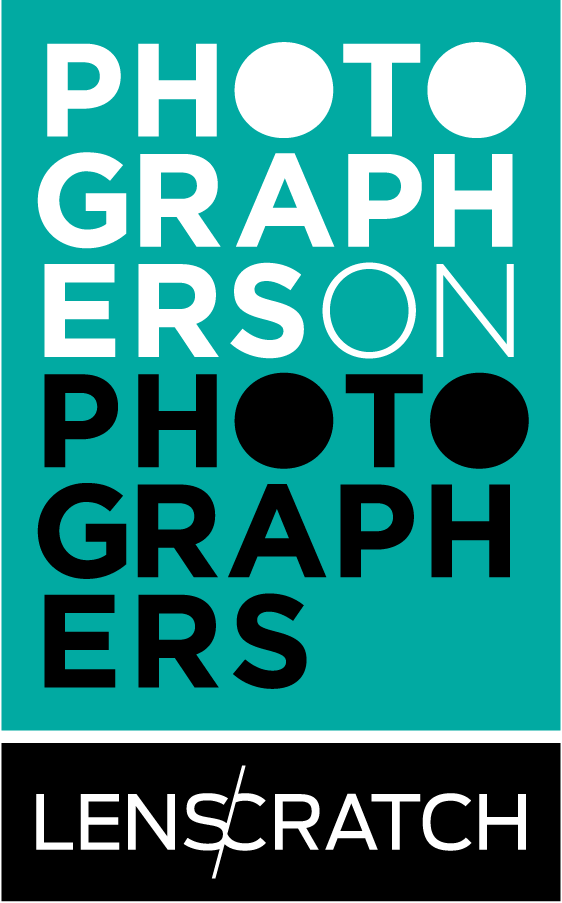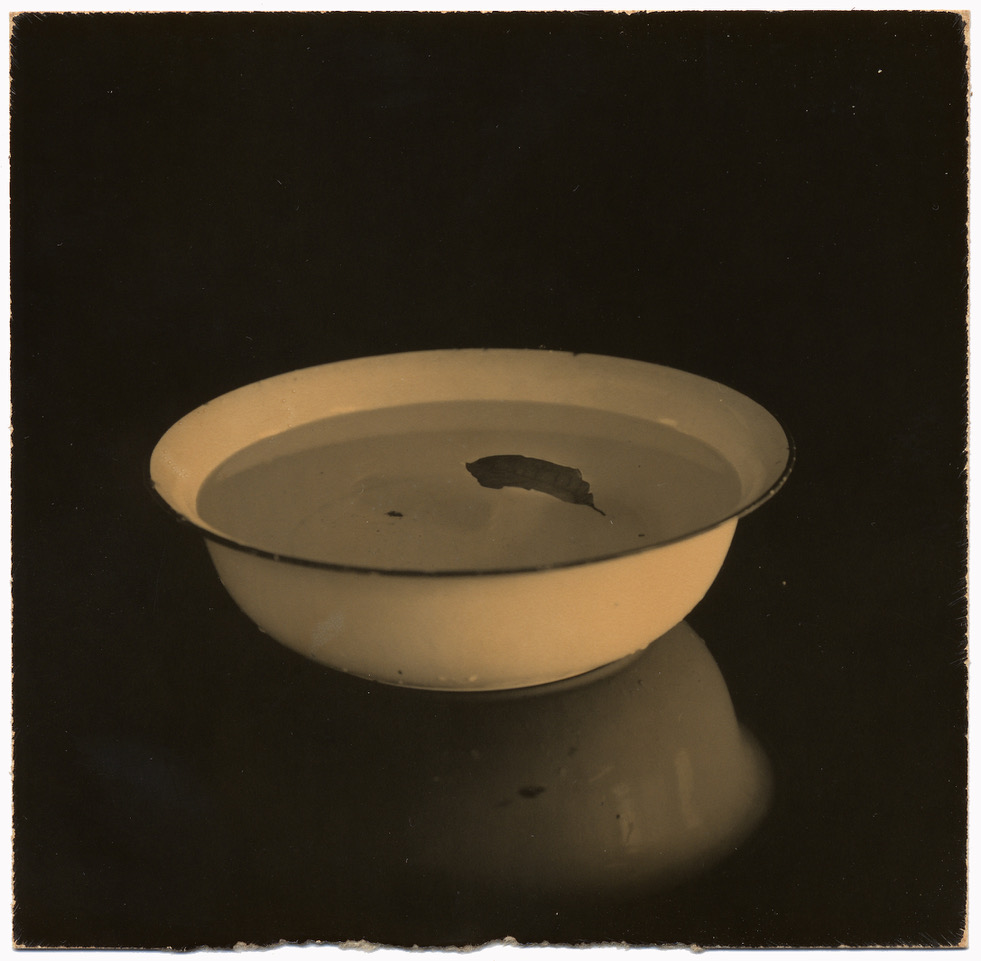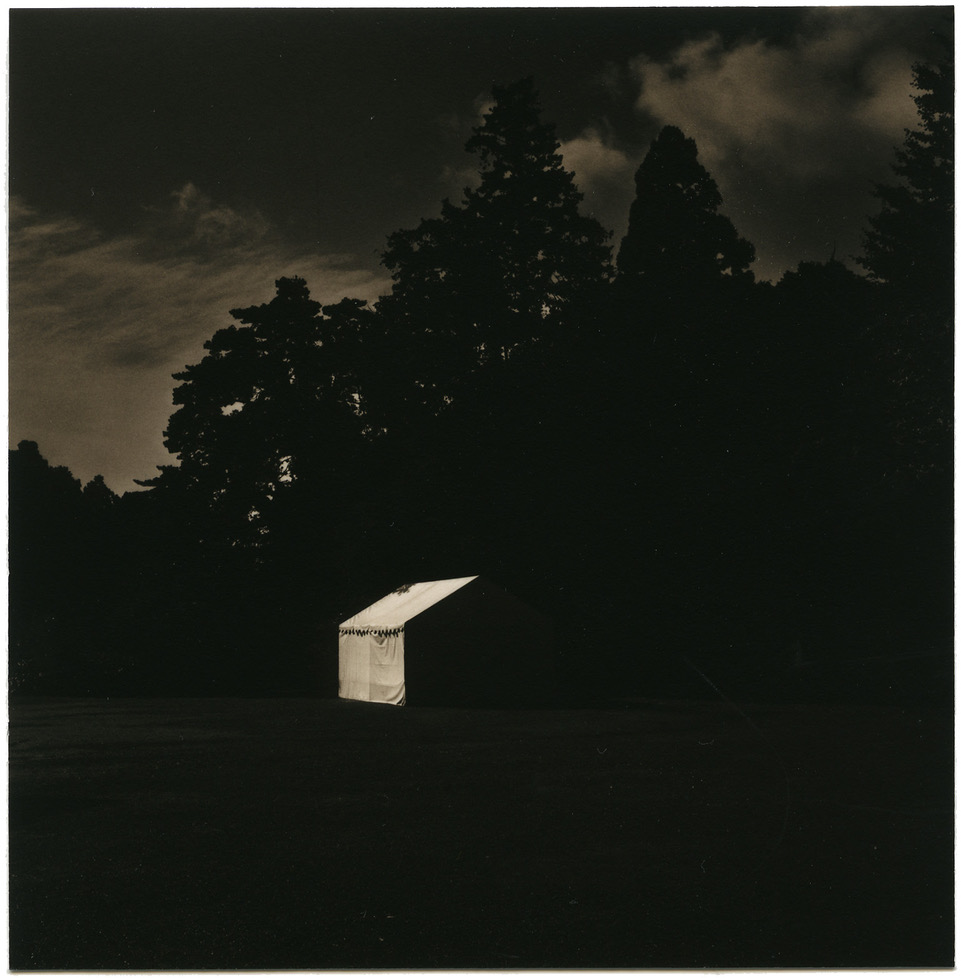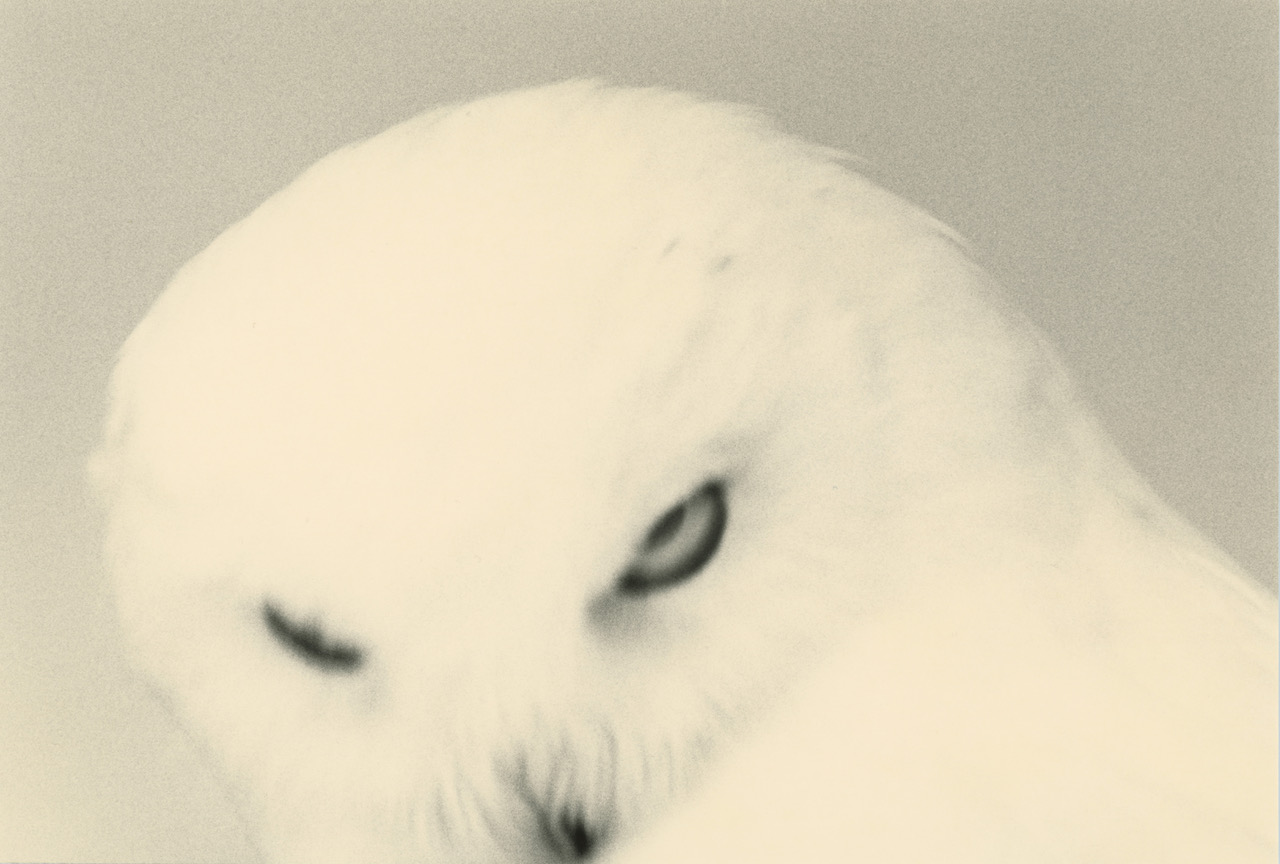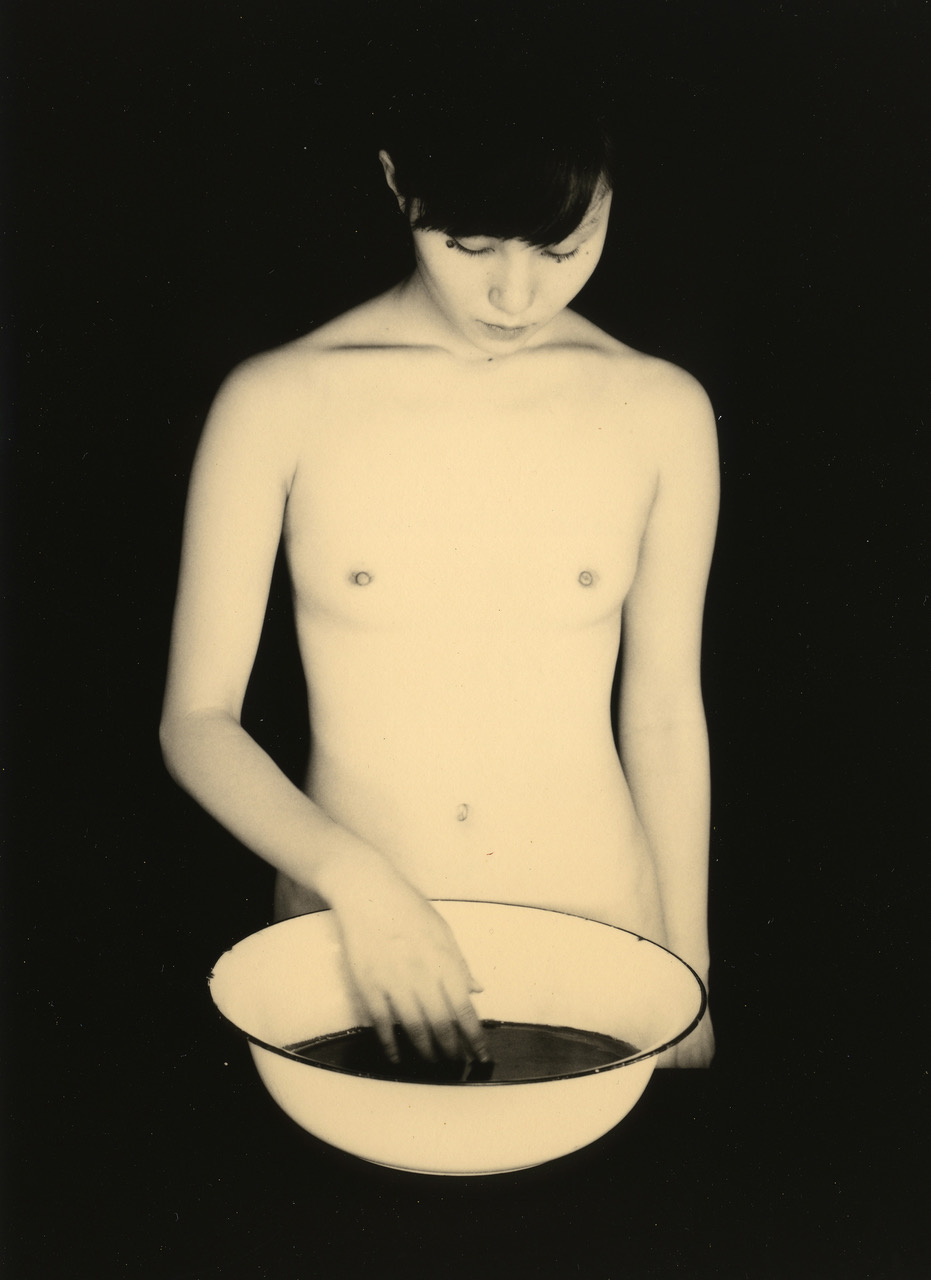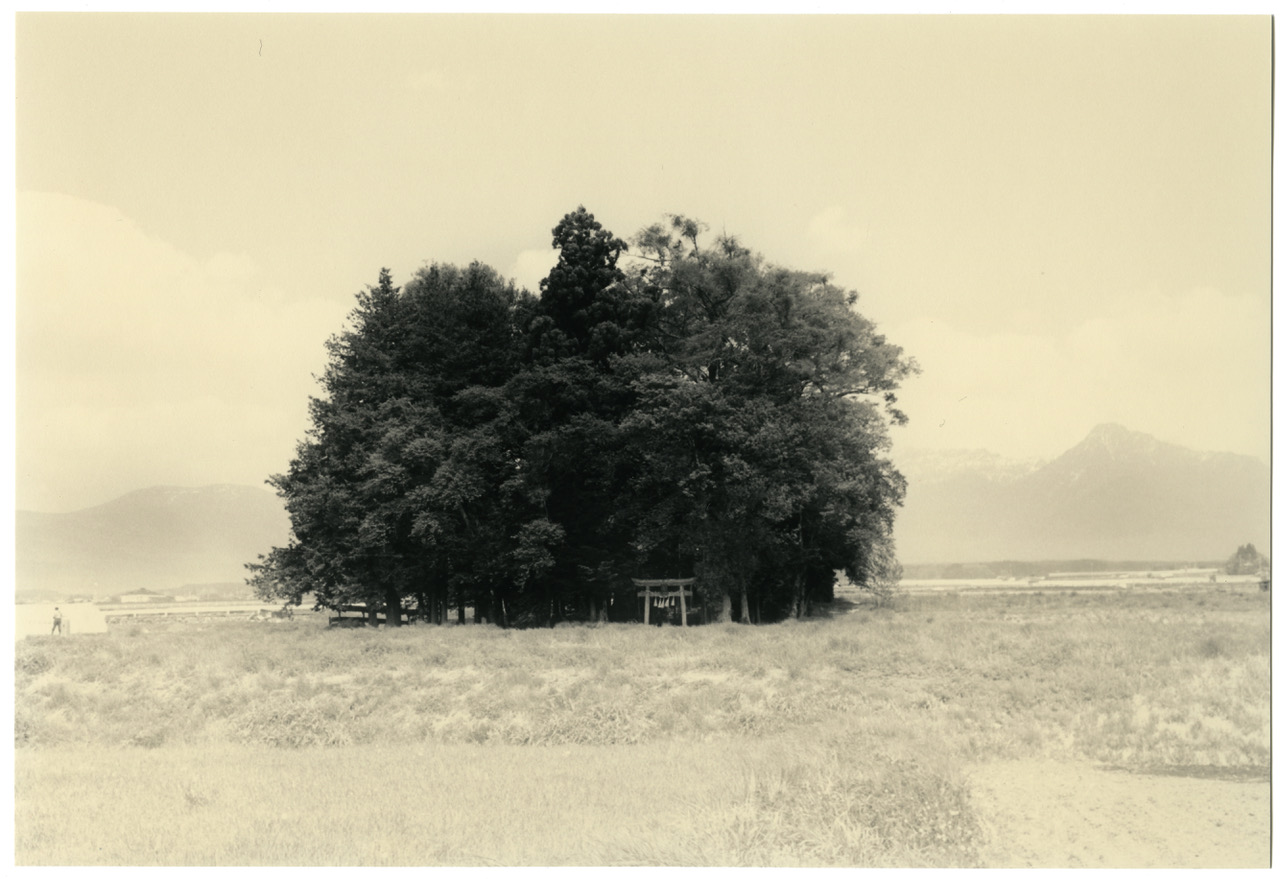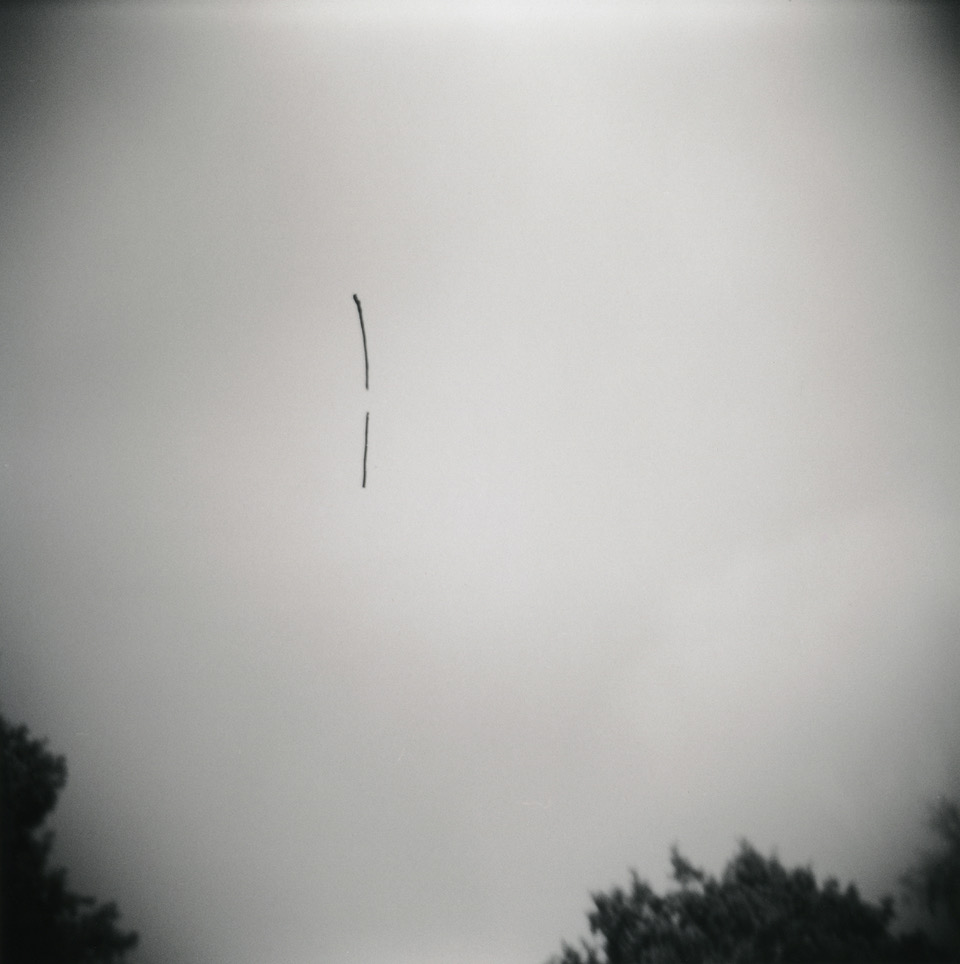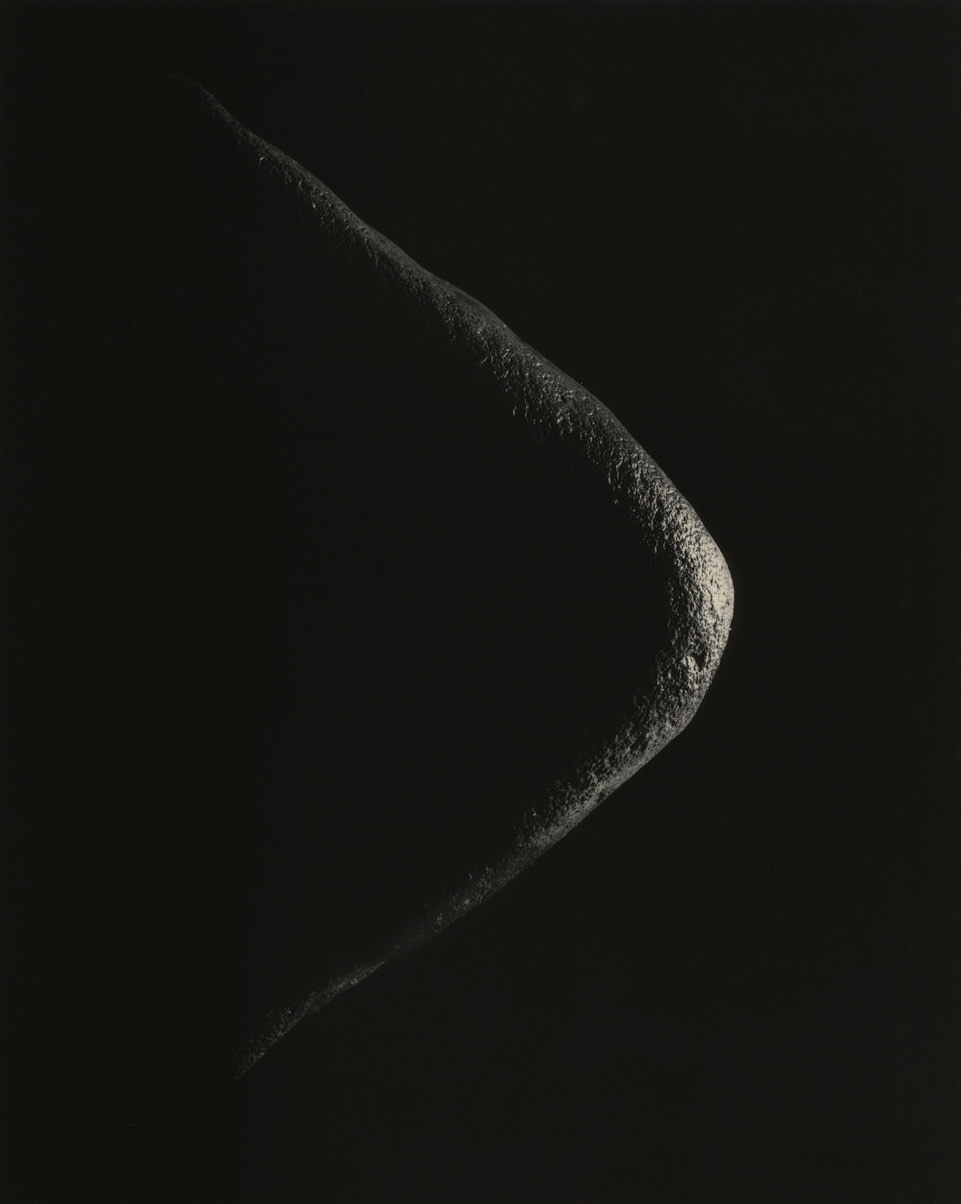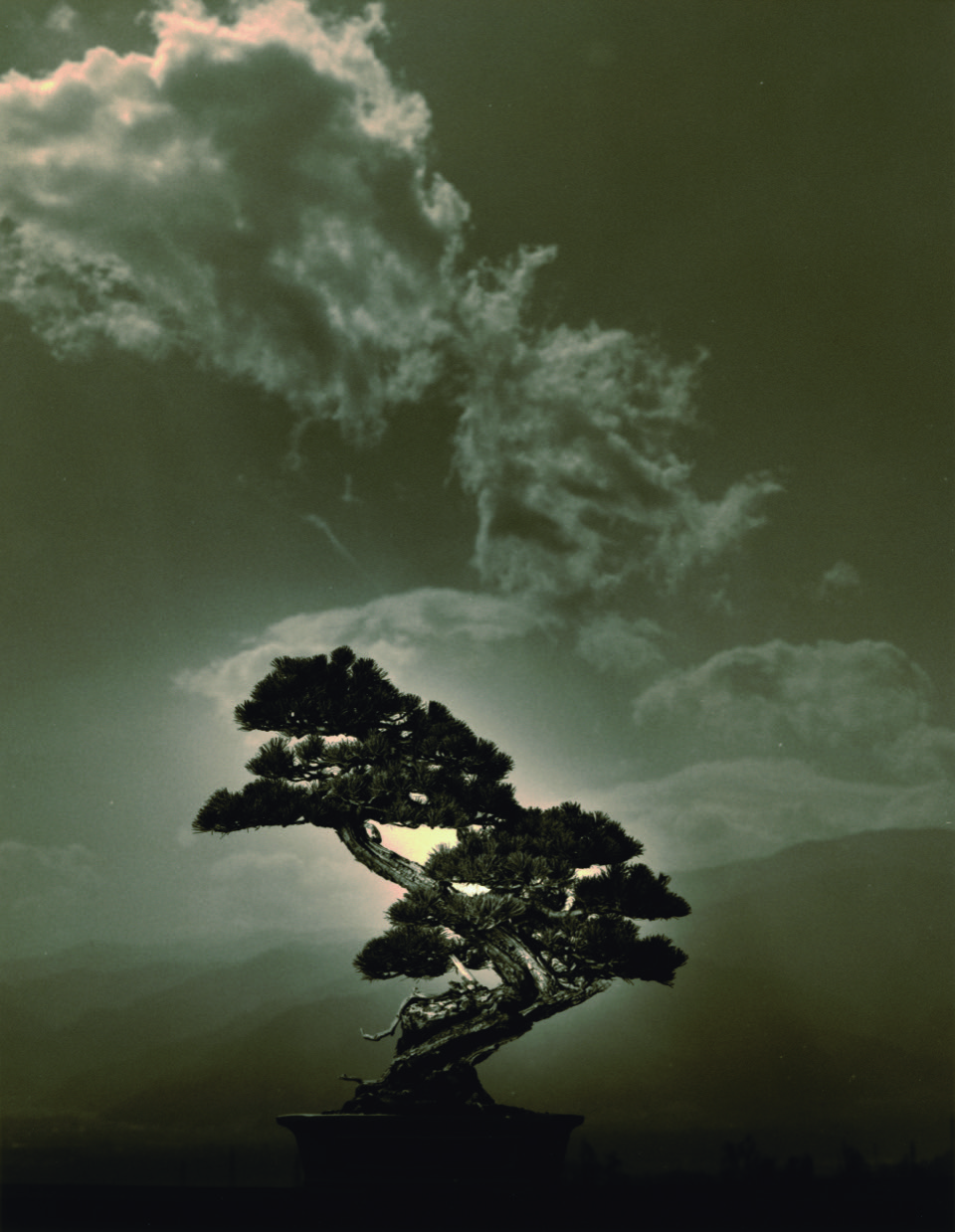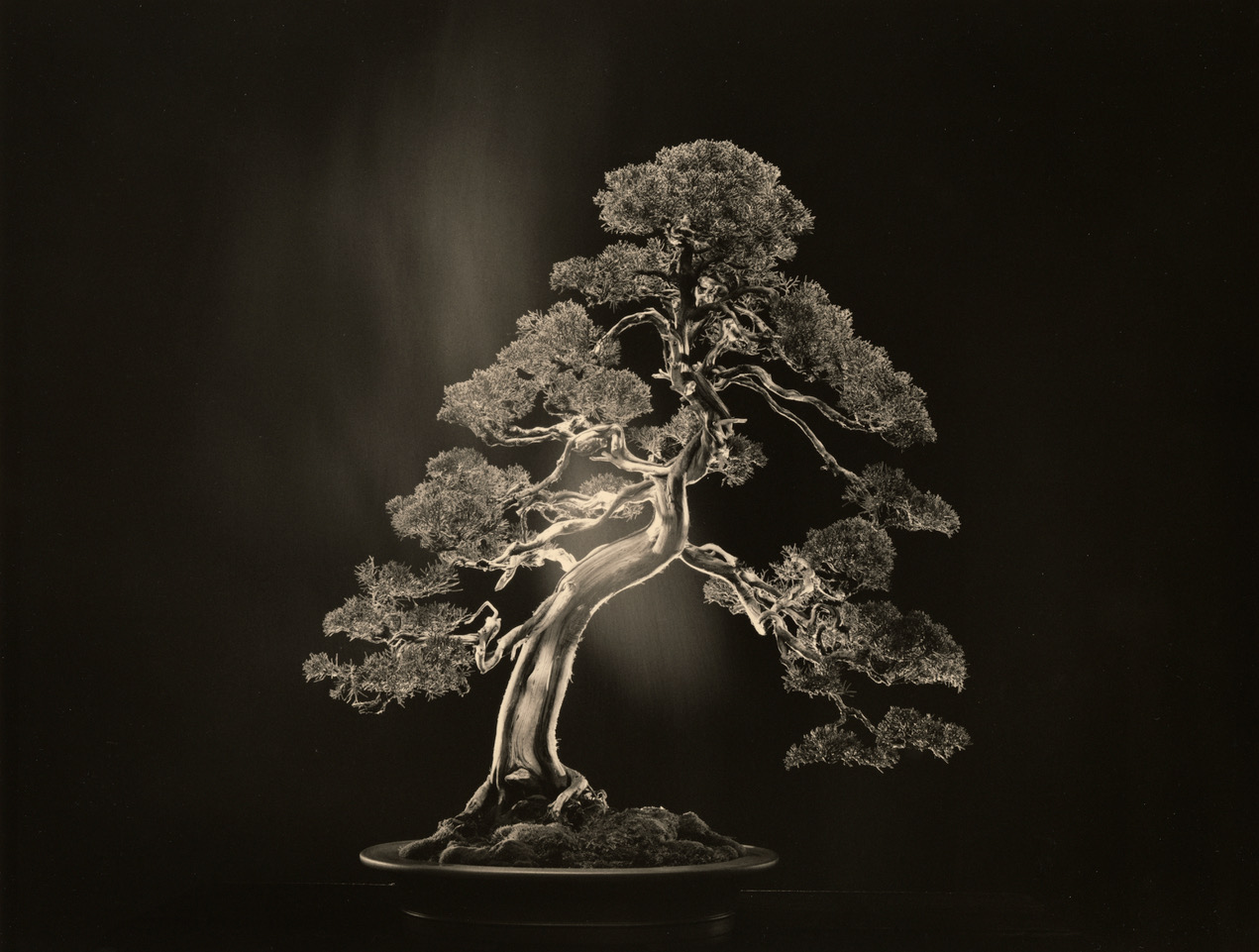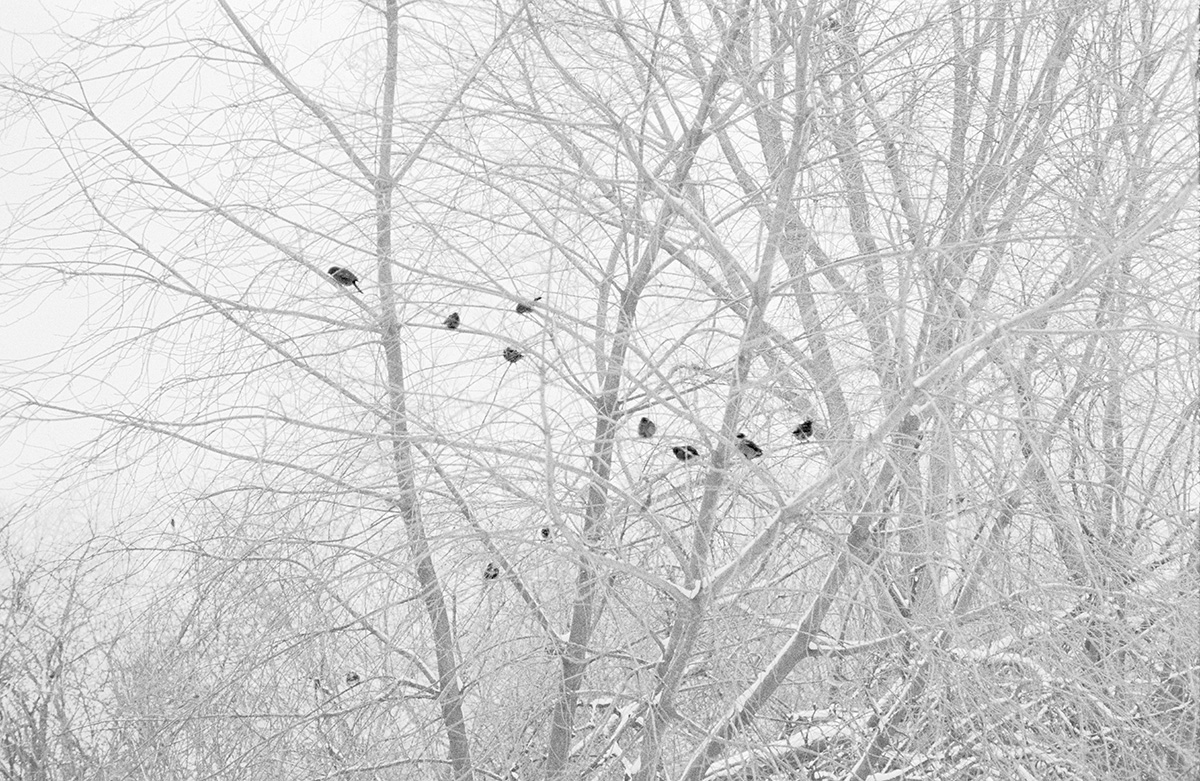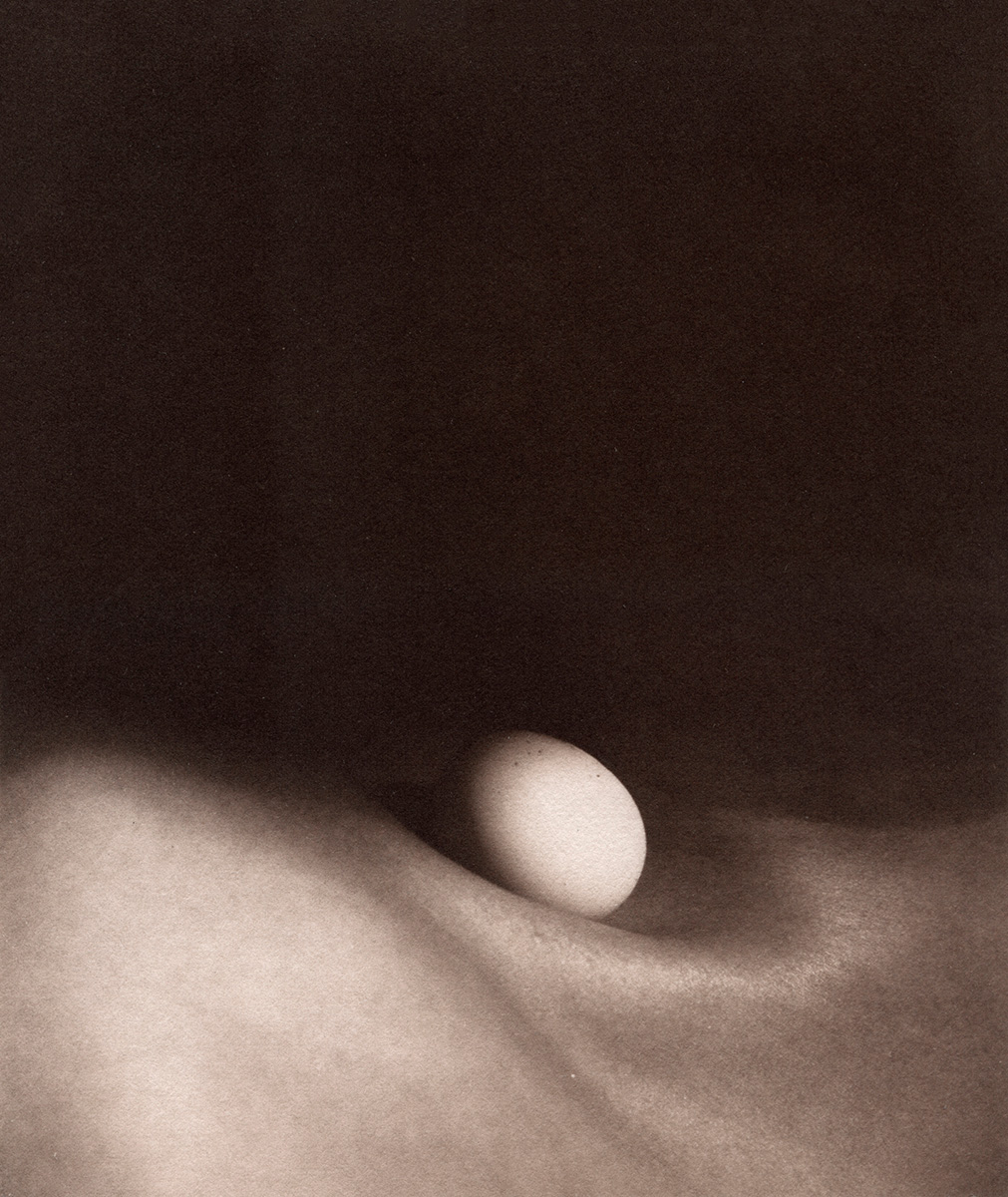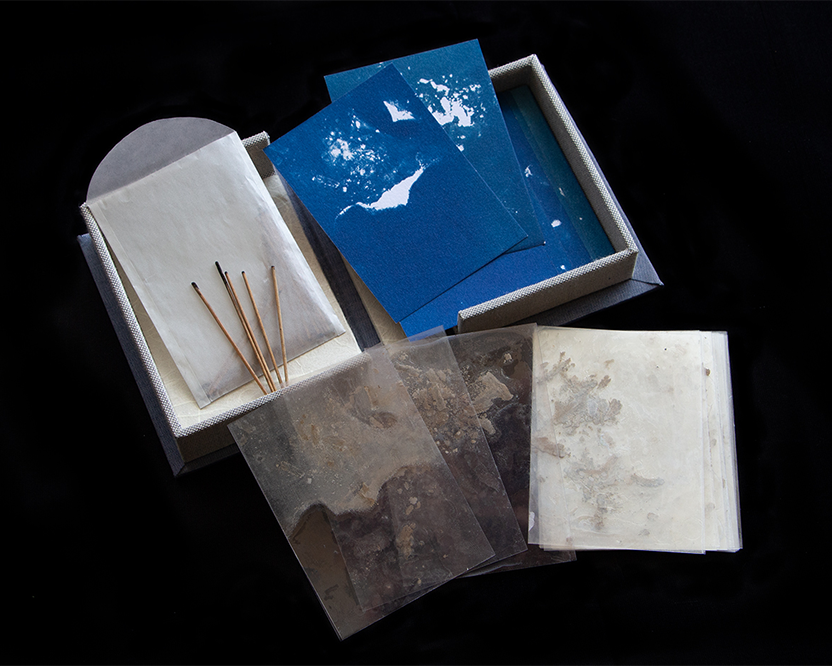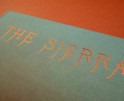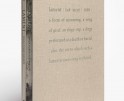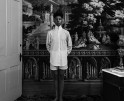Photographers on Photographers: Angelica Ong in conversation with Yamamoto Masao
I first encountered Yamamoto Masao’s work as an undergraduate student. I felt an immediate resonance with his photographs, but it was only after I started creating my own photo books that I began truly looking closely at the work he had created. What I find most evocative and meaningful about his work is not just the composition of the images but the way in which they interact with each other, not just the images themselves but the spaces between them that open up a vast realm of possibility that allow for ambiguity. The photographs transform almost into the syllables of a haiku, the contemplative space between them mirroring the minimal nature of haikus, which, despite being the shortest poems in the world, communicate aspects and experiences of the world with great depth, profundity and intimacy.
I was given the opportunity for brief correspondence with Masao through his agent where I posed several questions to him regarding beauty, time, memory, nostalgia, wandering, haikus and more, and he pointed me to a few specific pieces of writing he had done prior, which, much like his photographs, were like little pocket-sized windows that offered a slight peek into his ways of thinking, telling yet elusive at the same time.
When I first saw his photographs, they reminded me of traditional Chinese painting and nihonga, particularly with his unsparing use of negative space and emptiness not only within but also beyond the frames of his images. In many traditional Chinese paintings, the compositions tend to feature expansive swathes of empty space around the landscape and subjects to emphasize the vastness of nature and the smallness of human existence within it, and this is mirrored in Masao’s worldviews. In his writing, he had this to say:
“Birds and insects outnumber humans in the forest. Humans may rule the cities, but in nature, these creatures play the leading parts. In nature, I directly feel their energy. I was impressed with the many forms of nature when I was shooting my early series A Box of Ku and Nakazora. Both the beautiful designs on the wings of a butterfly and the intricate rock patterns created by rivers and ocean water remind me how ordinary things keep changing. While some changes are internal, other changes are external. I reconstructed the wonder of nature in my own way and put them on photographic paper. Through my photographs, I have tried to be nature’s messenger. Since I left the big city for the countryside four years ago, I have been overwhelmed by the power of nature. Birds and insects don’t do anything unnecessary; they only do what is needed to maintain their lives. They are not greedy like humans. They enjoy talking to each other in the morning, going to find food, and coming back to their nests at night. Birds eat insects, but once they are full, they will not do any more killing. The nests are made with things that are found in the environment. What I envy most is that they can fly with their own wings. When I look at humans who live in the same world, I am ashamed how much more avaricious we are in comparison.
“Living in the forest makes me realize that we humans are just a small part of nature. I make my photographs with this in mind. Nature surprises me every day, and when these surprises are fixed onto paper, they become photographic images. I have been doing this for over 20 years. Someone wrote that my work precisely cuts out “graceful moments” from the stream of time and space. Graceful moments are what people remember seeing in the past or what they long to see. I am very fortunate to receive such a compliment and for someone to have such a deep understanding of my work. On March 11 th , 2011, Japan was devastated by the Tohoku Earthquake and tsunamis. The meltdown at Fukushima Nuclear Plants that followed made things even worse. Japan turned into the second Chernobyl disaster, which is what any sensible Japanese had feared for.
“Since March 11, 2011, I feel even stronger that we are nothing but a small part of nature. We should not be so arrogant as to try to ‘save nature.’ We should rather ‘ask for permission to live quietly in the little corner of nature.’ This is what I have been trying to express through my new work.
“In Japan, while people have always feared and respected nature, we have learned to co-exist with it. Unfortunately, this sense seems to have been lost when we overlooked the power of nature.This is shown when we built nuclear plants in an area where there is a high probability of tsunamis. I feel it is the relationship between humans, not that of humans and nature, which can change our society either for the good or for the bad. Nature just watches over all the wrong doings that humans do… I can almost see this as a clear picture. Humans are a part of nature. I selected interesting stories from nature with my view and put them on my photographs. These stories are beautiful yet sometimes intense. I wish to convey my admiration and fear towards all things in nature through my work.”
YAMAMOTO Masao, born in 1957 in Gamagori City, Japan, is a renowned contemporary photographer celebrated for his poetic and intimate approach to capturing the essence of the natural world and the human experience. His career has been defined by a distinctive aesthetic characterized by handcrafted prints that he often treats as individual objects, underscoring their tactile and tangible nature.
Yamamoto Masao’s photographic process involves meticulous craftsmanship and a deep connection to his subjects. He often employs alternative printing techniques, creating prints that he then manipulates through toning, painting, or distressing processes. The physicality of the prints invites viewers to engage intimately with each image. His process is a deliberate departure from the conventional, emphasizing the individuality and uniqueness of each photograph as an object of contemplation.
Some of his notable books include A Box of Ku and Small Things in Silence. Some of his other monographs include, Tori (Radius Books, 2016), Poems of Santoka (Galerie Vevais, 2016), KAWA=Flow (Kochuten Books, 2011), YAMAMOTO MASAO (21st Editions, 2011), Fujisan (Nazraeli Press, 2008), é (Nazraeli Press, 2005), Omizuao (Nazraeli Press, 2003), Santoka (Harunatsuakifuyu Sousho, Japan, 2003), and The Path of Green Leaves (Nazraeli Press, 2002).
Yamamoto Masao’s work has been exhibited extensively in solo and group exhibitions worldwide and his photographs are found in prestigious collections, including the Victoria and Albert Museum in London, the Museum of Fine Arts in Houston, and the San Francisco Museum of Modern Art.
Instagram: @yamamotomasao3009
Angelica ONG (AO): You have often referred to your work as visual haikus—could you elaborate a bit more on this point? Is it the image itself that is like a haiku? Or is it the arrangement/sequencing of the photographs? Is it the photograph itself that is the haiku, or is it the means of communicating it, such as a photo book or installation, the haiku?
Also, a side question: As you seem to read a lot of haikus, I was wondering what some of your favorite ones are, or who your favorite poets are. Personally, I enjoy haikus by Masaoka Shiki, Kawabata Bōsha, and Hanatani Kazuko, to name a few, and their works have influenced the way I view and think about my own work. What about you?
YAMAMOTO Masao (YM): Japanese haiku poems, established in Edo Period, consist of only 17 syllables. They are probably the shortest poetry in the world. Photography is often compared to haiku, which I have come to realize myself. Haiku uses few words to cut out matters and events from our daily life and give us unlimited imagination beyond time and space.
I had a chance to hold a small concert of clavichord, the original form of piano at our home. Piano concerts are usually at large concert halls where powerful sounds of piano resonate. The sound of [the] clavichord is, however, quite tiny and muffled even though its sound mechanism is same as that of piano. Clavichord music is like a shy person speaking slowly, bit by bit. [The] audience listens carefully to catch the delicate sound, and by doing so our ears become more and more sensitive and [become] able to hear the smallest noise around us which we usually do not notice. From this experience, I reassured myself of the direction of my work. I make my photographs with as little information as possible and invite viewers to use my images to create their inner peace. Many sad incidents that happen in the world today are caused by somewhat narrow-minded people. It is my hope that my art becomes a small trigger to change such narrow minds. I am only a human, and I hope we are all humans with good heart[s].
[On haikus, these are some that Masao shared:]
「古池や蛙飛び込む水の音」 松尾芭蕉
The ancient pond / a frog leaps in / the sound of the water” (translation by Donald Keene) is a well-known haiku poem written by Matsuo Bashō (1644-1694) who lived in the early Edo period. There are many interpretations of this famous poem, but I like the one by Hasegawa Kai (poet, 1954-). Hasegawa says, “The most common interpretation of this 300-year-old haiku is that the poet heard the sound of water as a frog jumped into the water. I do not understand what is so interesting about it. My interpretation is that the poet pictured an imaginary pond in his mind when he heard the frog leap in. This haiku is not about facts but about a spiritual scenario.”
I agree with Hasegawa that we perceive situations not only with visual information, but also with auditory information and a sense of space. We understand with all our senses.
One single phrase, “ancient pond,” takes our mind back to a primordial time. The sound of a frog jumping into an ancient tranquil pond suddenly wakes up our consciousness and we become aware of the stream of time and spirit (ki). In this poem, “time” is not organized [on an] axis of past, present, and future. Instead[,] it is a much more vague and chaotic notion. The poet did not depict just the facts in front of his eyes, but transferred his senses to another dimension, thus enabling him to see the situation from an alternative dimension and unveil the essence of things.
Matsuo Bashō proved with this haiku that our minds are capable of traversing into another time and space.
I think this haiku shows how all living things, such as animals, plants, insects, bacteria, atoms, even chemical substances, have equal value and exist in natural harmony unconsciously. A small connection between animals and humans is part of a larger universal connection. This is how I feel as I find and photograph small quiet things.
This finite space called Earth, where humans live, is filled with violence and natural disasters caused by severe climatic changes. These unfortunate events may be nature’s “gifts” to humans as it attempts to restore the imbalance brought on by human activities.
「鴬にゆめさまされし朝げかな」 良寛
“A nightingale’s song / brings me out of a dream / the morning glows” is a haiku written by Ryōkan (poet, 1758-1872.) Spring nights are short and they end too soon. One morning at dawn, a nightingale’s chirping woke up Ryōkan. He missed his sweet dream, but he realizes that the bird’s song at dawn is just as beautiful. This poem shows how Ryōkan enjoyed being a part of nature.
「裏を見せ表を見せて散る紅葉」 良寛
“Showing their backs / then their fronts / falling maple leaves” by Ryōkan
© Yamamoto Masao, Untitled #367, from the series A Box of Ku.
AO: You’ve worked on quite a number of collaborative projects with other artists. Could you tell me more about what the process was like? What kicked off the conversations to embark on these collaborations, namely works like Kurayami, Sasanami, and Where we met?
YM: Sasanami and Kurayami stemmed from a request from Mathias of IIKKI to create something using my images. The producer who took over, Nakajima Reiko, came up with the concept and I provided images of the works to match that. She also did the layout from there, so I was not involved in coming up with the idea for it.
Where we met was proposed by Roger, the owner of Gallery FIFTY ONE, which is a gallery based in Antwerp that represents me. Similarly, I simply provided the images and was not involved in the book’s concept, layout, etc.
AO: I would like to now talk about how you got started as an artist. What led you to begin doing photography? It seemed like you made the switch to photography after practicing nihonga (Japanese painting) for some time. Could you talk about what led you to become a photographer?
YM: It all began when I bought a camera during my high school days. At art school, I studied the various basic foundations of art like sculpture, painting, and design. After trying them all out, I felt that photography was the best way to convey what I want to express.
AO: How did you get your first “big break”?
YM: I don’t think there was really any big break. Rather, it was an accumulation of little opportunities over time that has brought me to where I am today.
AO: What advice do you have for young, emerging photographers?
YM: Don’t get hung up on theory and concept and just get your hands moving and making. If you can talk and develop your theories and ideas in words, there is no point in making the work. Things that are already easy to explain in words are no longer new concepts, so it’s no longer interesting to make work based on such things. It will just become trash, so please stop.
AO: Do you have any advice for maintaining a long career as a photographer/artist?
YM: In this day and age, it is difficult to creating something that feels new. The definition of art is also unstable and constantly changing, so if you’re thinking of becoming an artist, you’re better off stopping now. Even if others don’t understand what you are doing at all, or even ask if you’re crazy for doing the things that you do, if there is something that you do because you want to despite not understanding it or knowing why, keep at it, and sometimes that might become something that resembles art.
AO: Apart from nature and haikus, are there any other things that inspire you?
YM: Everything that occurs in this world that I know of. I pretty much have no purpose or intention; I am merely an existence that is making use of the environment we see around us.
AO: Finally, what are your current interests? What subject matter have you been preoccupied with recently?
YM: Currently, I am working on collodion wet plate photographs. My solo exhibition at Mizuma Art Gallery in Tokyo will open from August 28th.
Angelica Ong (she/her, b. 2000, Singapore) is a multidisciplinary artist whose practice revolves around slowness, language, monumental smallness, and the relationship between time and beauty, which she conveys primarily through photo installations and artist books. She is intrigued by oblique events and background noises: minute ephemera, the human body, and everyday subject matter like trees, eggs, and light. Effusing fragility and a meditative quality, her work acts as pause, breath, space, inviting the audience to wander, examine the world closely, and discover monumentality in minutiae. In addition, as a multilingual speaker, Angelica is not only fascinated by translation but also seeks to decentralise the primacy of English through creating titles in multiple languages, which are oftentimes not translations of each other.
Angelica is also Curatorial Assistant at the Singapore Art Museum. She is the 2024 Artist-in-Residence with ARCUS Project (Ibaraki) and holds a BFA from SAIC.
Instagram: @catchingsunlight_
Posts on Lenscratch may not be reproduced without the permission of the Lenscratch staff and the photographer.
Recommended
-
The Next Generation and the Future of PhotographyDecember 31st, 2025
-
Aaron Rothman: The SierraDecember 18th, 2025
-
Photographers on Photographers: Congyu Liu in Conversation with Vân-Nhi NguyễnDecember 8th, 2025
-
Linda Foard Roberts: LamentNovember 25th, 2025
-
Arnold Newman Prize: C. Rose Smith: Scenes of Self: Redressing PatriarchyNovember 24th, 2025

